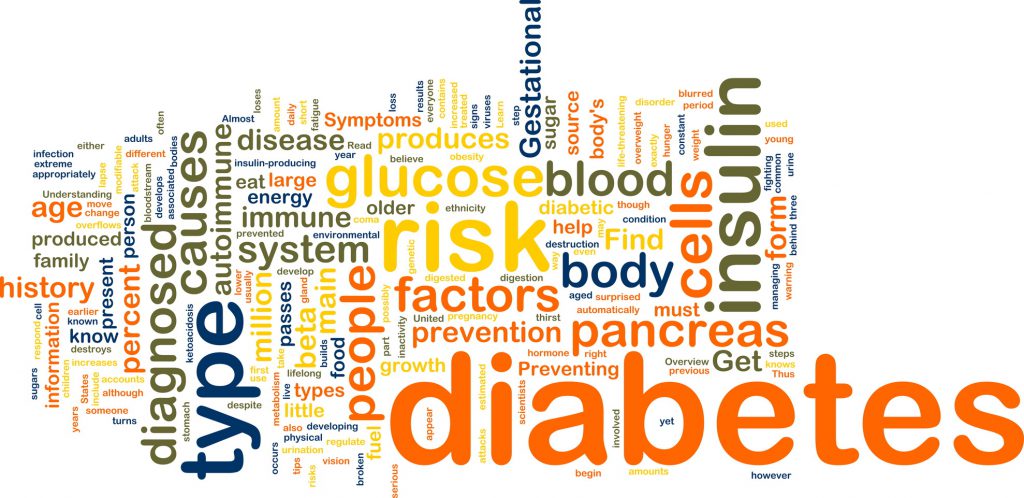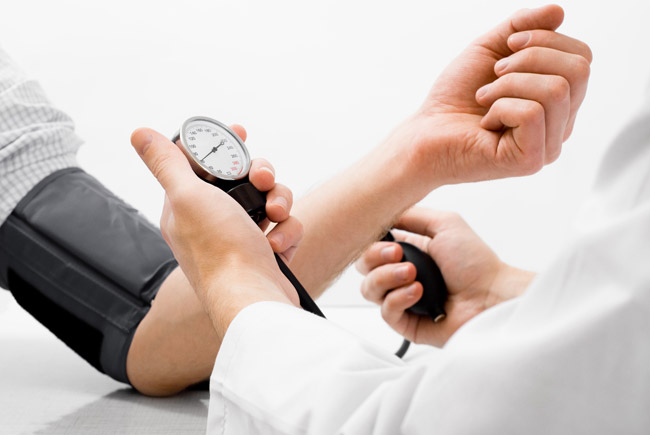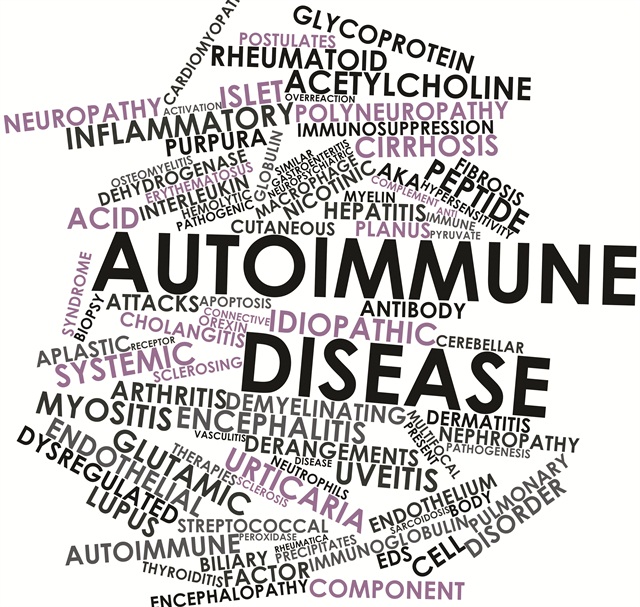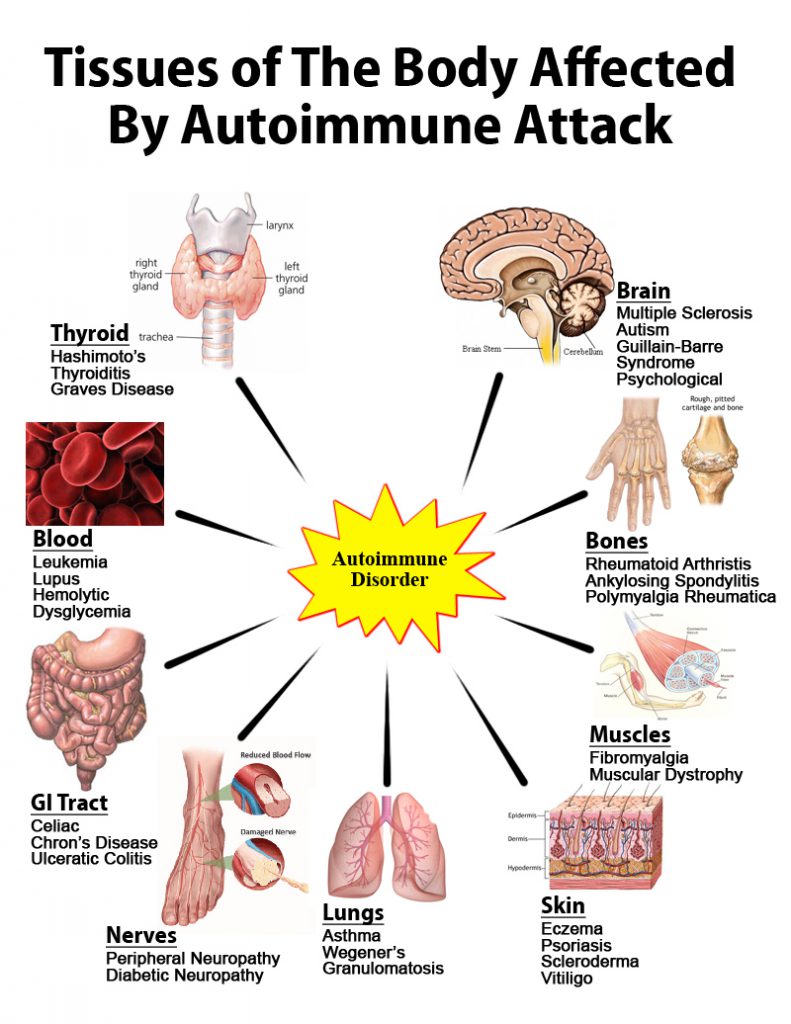
We’ve covered this topic several different ways in the past.
The Easy Path for Reversing Diabetes Naturally
Type 2 Diabetes
Diabetes and Your Gut
Lab Results Trap for Obesity and Diabetes
But we need to return to this important topic of how to prevent type 2 diabetes naturally.
Almost 50% of the adult population of the US has pre-diabetes (sometimes called metabolic syndrome. We’re eating ourselves into a very difficult situation and a part of why we’re here is that we believe as our doctors do that there’s nothing we can do about it.
20% of us are obese – a common symptom that goes with the pre-diabetic condition and we also think that is inevitable – I mean we have a vague feeling that our obesity is something that doesn’t respond to just dieting and exercise but we feel helpless to know how to do anything but give in.
High Blood Sugar is a Symptom Not a Cause
There are a number of things we control that can give us access to reversing type 2 diabetes, but we first have to realize that high blood sugar is not a cause but a symptom. and the treatment – insulin – are simply treating the symptom and not the real cause. Change your approach to treating the cause and you’ll find that your need for insulin – if you are currently on insulin you need to continue to follow your doctors instructions – will go away.
Taking Control of Your Lifestyle and Things You Can Change
Sun Exposure and Exercise – give yourself time in the sun everyday. Your body was made to use sunlight to activate hormones that your body needs to function normally. Take a walk even if you need to keep it short – do something that give you some easy exercise outside where you can get some sun. Start small and work your way up to 30 minutes or an hour a day. You’ll start to feel the difference almost immediately.
Change Your Diet to Dramatically Reduce Carbohydrates – carbs are the culprit and your enemy in your road back to functioning normally. You can get some free help by tracking your daily diet – use this free website to start tracking your diet today.
Increase Your Intake of Fish Low in Mercury – Omega 3 is a very important animal-based fat for pre-diabetics and diabetics. Fish like wild-caught Alaskan sockeye salmon, sardines, anchovies, herring and fish roe are good sources of low mercury fish if they’re not farm-raised and are sourced from cold waters. Although it is required that you be “choosy” about the fish you eat, with some study and some searching around you should be able to find a source for what you want. You can also supplement with Omega 3 but in that case you also need to concern yourself with sources that also avoid Mercury in their fish sources.
Increase Your Intake of Seeds – I like sunflower and pumpkin seeds and eat a lot in my salads. These are a good source of magnesium and magnesium even from supplements will help you to find your way back from diabetes.
Increase Your Intake of Good Fats – Everyone tries to peddle the same old “wisdom” that came to use in the 50s along with the food pyramid. These sources of wisdom have been proven wrong by massive numbers of scientific studies over the past 20 years. It’s amazing how long real scientific evidence takes to find its way into our mainstream knowledge. I credit the food companies for part of this because their products were formulated for a time that has long passed but they would like to keep feeding us the same thing rather than suffer the expense of changing. I also credit the pharmaceutical companies – they own a significant interest in the seeds we’er planting that are a big part of the problem and aside from that they get paid for selling us drugs as long as we keep getting sicker.
Increase your intake of avocados, along with the use of olive oil and coconut oil – all very healthy sources of fats that you need in your diet.
Increase Your Intake of Fiber – Especially fiber from whole foods. I like to steam cauliflower, broccoli, brussels sprouts, cabbage, green beans and artichokes – I only steam them just enough to heat and soften them but not so much that they get too hot or soft – they have less nutritional value the longer you cook them. Try to get 2-3 servings of these per meal including breakfast. Almonds also have a fair amount of fiber and are good raw. I also eat a fair amount of beans – black beans, pinto beans, and lentils. I try to get these organic and non-GMO as a rule. I also recommend raw walnuts.
Change Your Treats – Use organic strawberries as a treat along with black berries and blue berries.
Minimize Dairy – Naturally this is the one that gets the most “push back” because there are mixed blessings with dairy. On the one hand, most dairy is comes from feedlots and is heavily contaminated with GMO (something you’re almost certainly allergic to) and antibiotics and hormones. Our dairy industry just can’t give us anything edible but if you can find a source for grass-fed milk and yogurt that is free of antibiotics, then you can keep dairy in your diet as long as you’re making progress on your primary objective.
Summary
If you’re suffering from dizziness, headaches, leg or muscle pains, blurred vision, food cravings, increased hunger, increased thirst, sores or cut that won’t heal, frequent urination, then you’re probably due for a doctor visit and a blood test. If you’ve already been diagnosed as pre-diabetic then the most important thing is to realize that you have the power to step away from that threshold and reverse type 2 diabetes.











